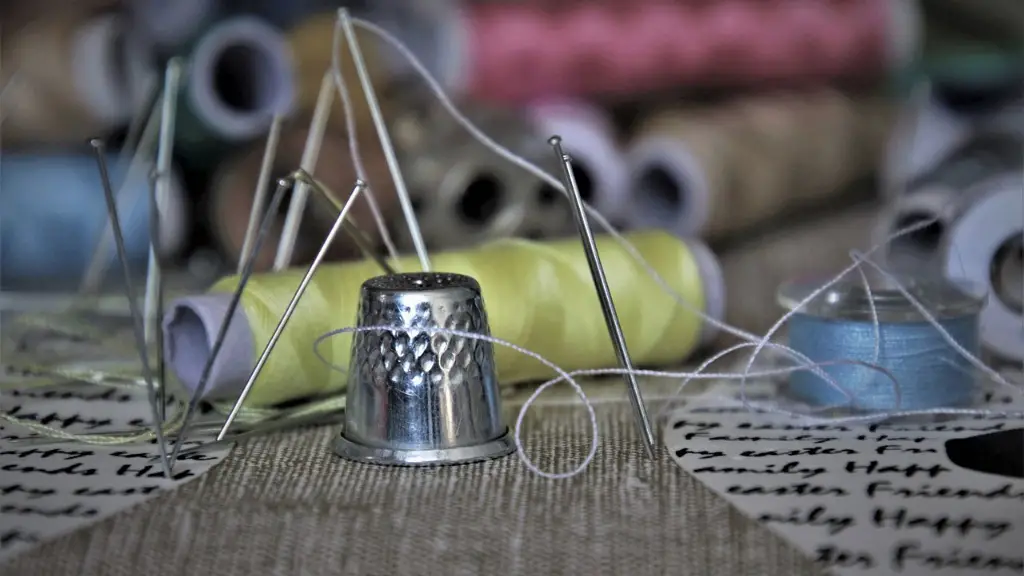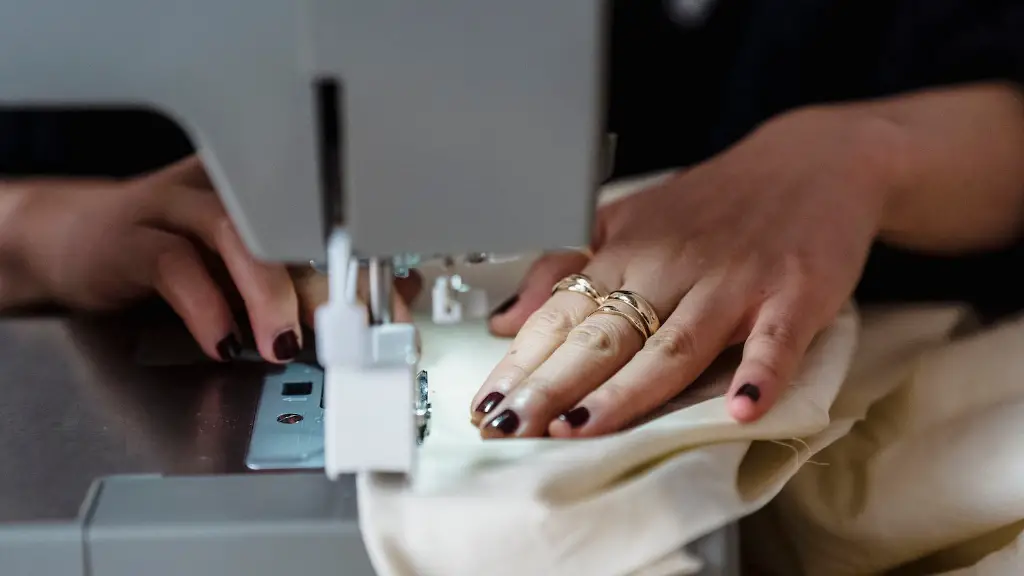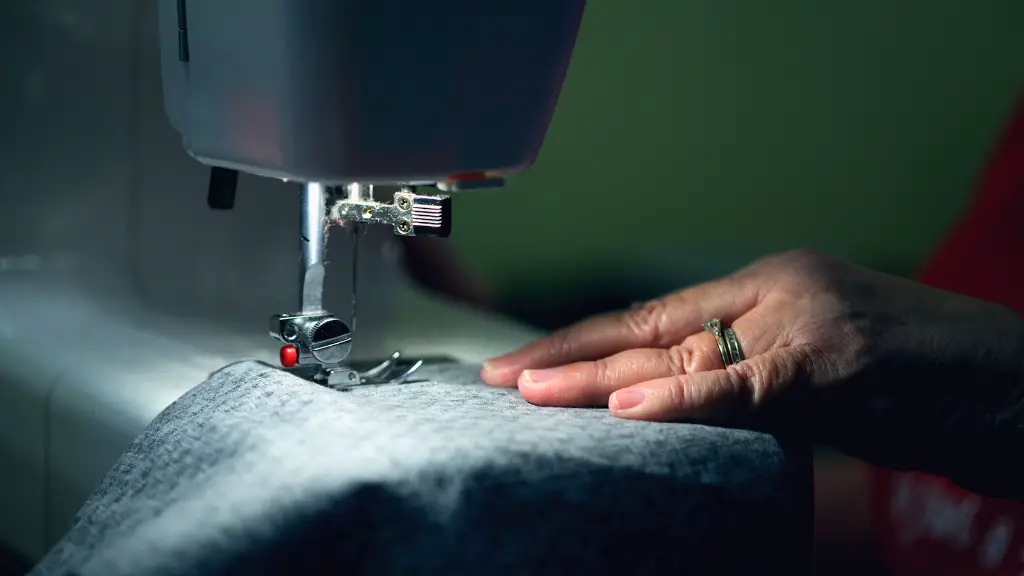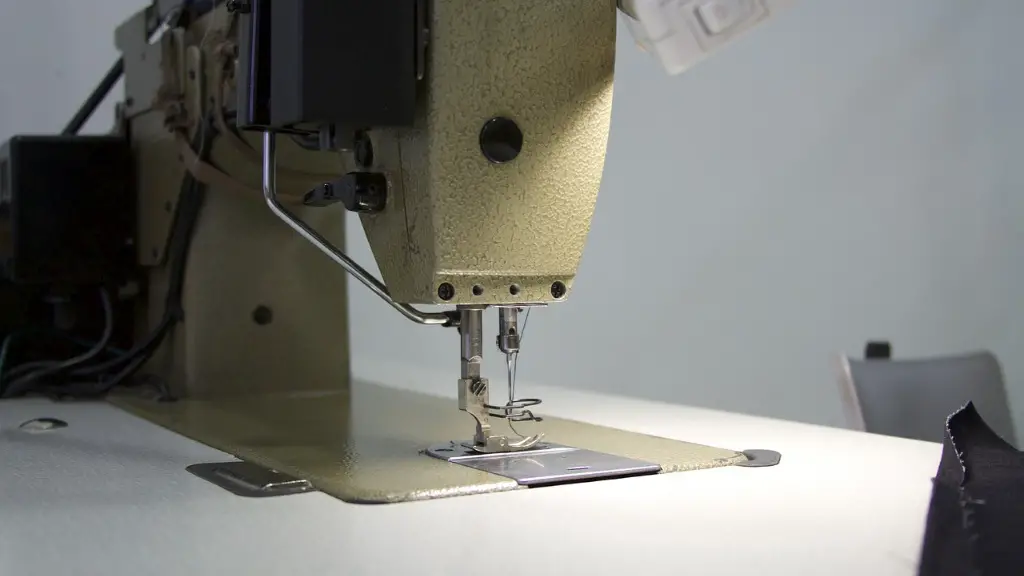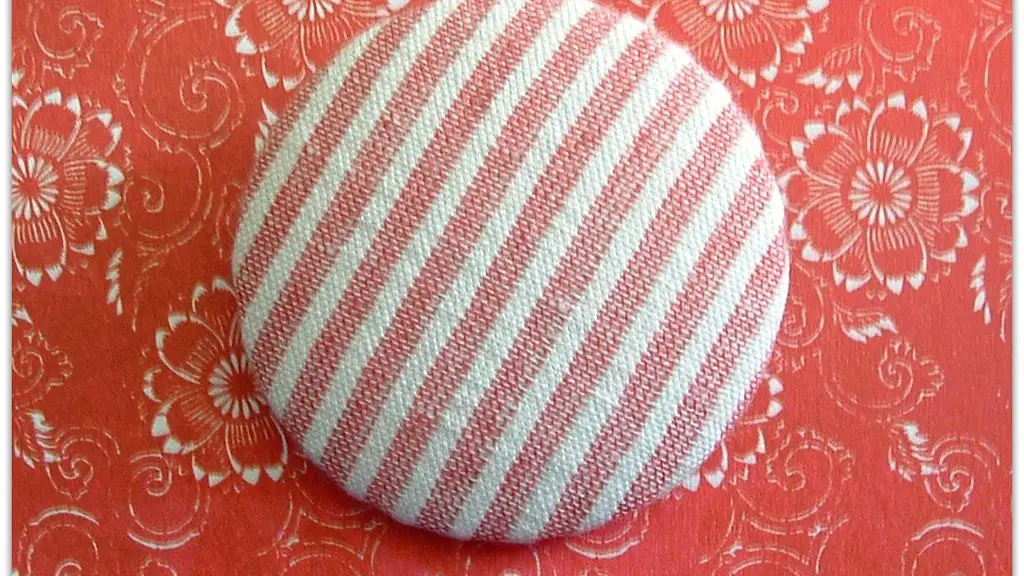Cleaning your Sewing Machine
When it comes to cleaning and maintaining your sewing machine, it pays to be diligent and proactive. Over time, sewing machine needles, thread and lint can clog up the various nooks and crannies. Even if your machine looks clean on the outside, all the moving parts inside should be looked at, too. An unclean machine can mean missed stitches and other frustrating machine problems that can impede a project in progress. Here’s a look at the importance of regular sewing machine cleaning, the right way to go about it and advice from stitching experts.
As with any mechanical device, regular cleaning and maintenance can help cut down on repair costs in the long run. Through proper upkeep, you’ll extend the life of your sewing machine and keep it running in tip-top shape. Stitching experts recommend that vintage sewing machines, in particular, should be serviced every two to three years. And new machines every one to two.
Locating Problem Areas
Start by simply running your fingers or hands around the machine. If you can feel loose fibers or bits of thread or fabric, these are problem areas that need to be cleaned out. Bits of thread can easily accumulate under the throat plate or inside the needle plate. It’s important to remove the build-up of fabric fibers and thread for proper sewing machine functioning.
You can also lift up the bobbin case so you can locate and clean away bits of thread or fabric from the bobbin area. Further, always remove the needle plate off to clean away any dust buildup in this area as well.
Experts also point out that it’s important to clean the lint filter, change the needle and thread often and to use bobbins made specifically for your model of machine. Loose threads and lint can easily accumulate on your machine, so be careful when you leave a project for later.
General Cleaning
Use a soft, lint-free cloth to wipe down the machine body. Dust is best removed using a light, suction-type handheld vacuum cleaner or compressed air.
Never use harsh cleaner or solvents as these can damage the machine finish and its delicate mechanical parts. Water should be avoided, as well, because liquid can damage the electric motor and other parts of the machine.
Additionally, be mindful of the product within the machine itself. Avoid cleaning products with lemon or orange, as these can damage the rubber parts of the machine.
Prepping for a Sewing Machine Cleaning
Before starting a cleaning, remove your bobbin, fabric and thread and unplug the machine. When you do remove the parts, be caution of sharp points, like the needle plate and needle.
Clean needles should be used for all projects for smoother stitches, and most stitching experts agree to change needles after every four to six hours of use. Needles can become dull or bent over time, which can result in skipped stitches or jams.
When you remove the needle border, gently pull the thread away from the throat plate and remove the presser foot. Spray the throat plate with a water-dampened cloth.
Oiling Your Sewing Machine
The amount of oil required depends on the model of machine. New machines usually require minimal oil. Older machines tend to require more, and an oil can be purchased from the manufacturer. Be mindful to only apply oil to the areas indicated in the manufacturer’s operating guide.
Always use a sewing machine oil with a lubricant to avoid gumming up the areas over time. A small few drops of oil can be put on the hooks [on vintage machines], and avoid over-oiling as it can cause buildup.
When oiling the bobbin area, pinch the oil spout around the area to release a few drops and move the bobbin case around in a circular motion to spread the oil.
When to Call a Professional?
In some cases, you may need to bring a machine to a professional servicing center. While there are some people who are adept at keeping their own machines running, if you suspect a problem beyond your skill level, don’t hesitate to consult an experienced technician.
When a sewing machine is malfunctioning, it can be hard to determine what’s causing the problem. Taking your machine to a professional service center can save you time and money, and you can bring it back to its prime condition. In many cases, certified technicians can repair a machine and even replace parts.
Bringing a machine in for servicing provides an opportunity for experts to thoroughly evaluate and clean the interior of the machine, too. Of course, it still pays to regularly clean and lubricate your machine while you wait.
Cleaning Necessary Parts Regularly
Besides the main parts of the machine that most people are familiar with, there are quite a few parts that should be cleaned or replaced periodically. It’s important to clean the spool area, bobbin assemblies, thread stands, feed dog and other metal components. By keeping these parts clean, you can ensure that the machine operates in the highest efficiency.
In addition, from time to time, examine the machine for any loose screws, friction points that may need adjustment and check the electrical cords for a better connection. If you notice any loose fingers, broken springs or screws, take the sewing machine for repair and servicing by an authorized technician.
Other Maintenance Tips
If your machine is used in a workshop, avoid placing it near any heavy machinery that vibrates or causes other movements. Any jarring can easily cause an issue with the moving parts of the machine. Ideally, keep it at a level and upright position to reduce the effect of vibrations.
Finally, never store a machine with a full spool of thread attached. Keep the accessories and needles in separate containers that are labeled. This can help you avoid any needle damage and provide quick access when needed.
Where to Get Sewing Machine Parts
Today, there are quite a few online resources that you can turn to for parts and accessories. However, it’s important to know the make and model of your sewing machine and the specific part you need and to buy them only from reliable and trustworthy sources.
Look for user-friendly, secure websites that stock original manufacturer parts and accessories. Before you purchase, you should also compare prices and shipping and return policies. This can help you make a more informed purchase decision.
Buyer Beware
It’s important to be on the lookout for counterfeit items. Not all replacement parts are made equal and there are a lot of compatible and knockoff items available in the market. Poor quality parts and accessories can cause serious problems over time, so it pays to buy only from credible vendors.
Also, when buying from second-hand sources, always inspect the parts for wear, rust and dirt and choose only items in mint condition. Speak to the vendor about any service history for the machine before you purchase.
Maintain the Life of the Sewing Machine
Properly cleaning and maintaining your sewing machine will help it last much longer and keep it running smoothly. Dedicate regular sewing machine cleaning days to inspect and look after each machine. Invest in quality materials and use them wisely, and make sure you always use protective breathable covers to protect the machine when it’s being stored.
Cleaning your machine every few months is a good practice, as lint, thread and small bits of fabric can easily clog up its various areas. And, if a problem arises, visit an experienced technician to better diagnose the issue and have it repaired or serviced.
